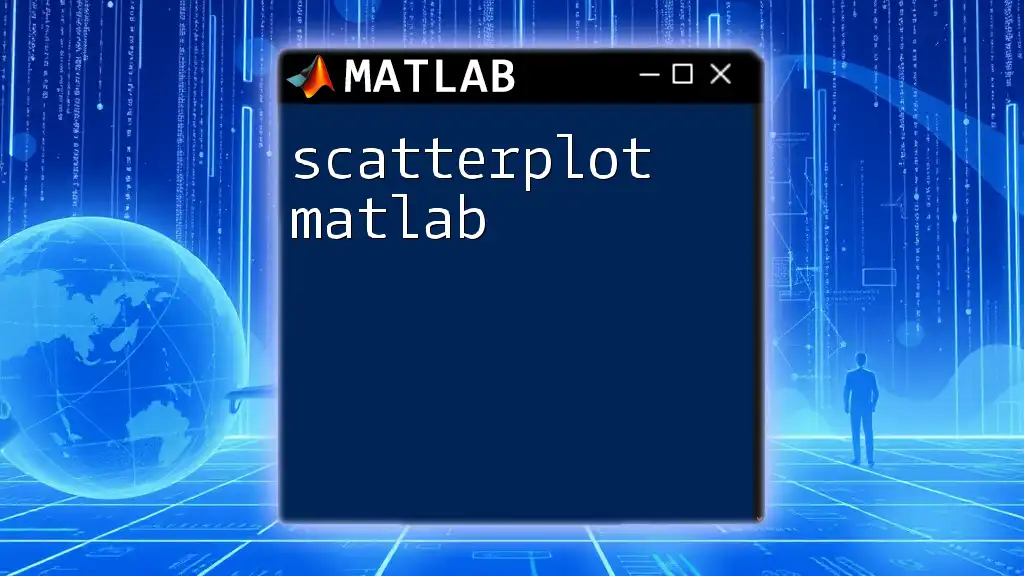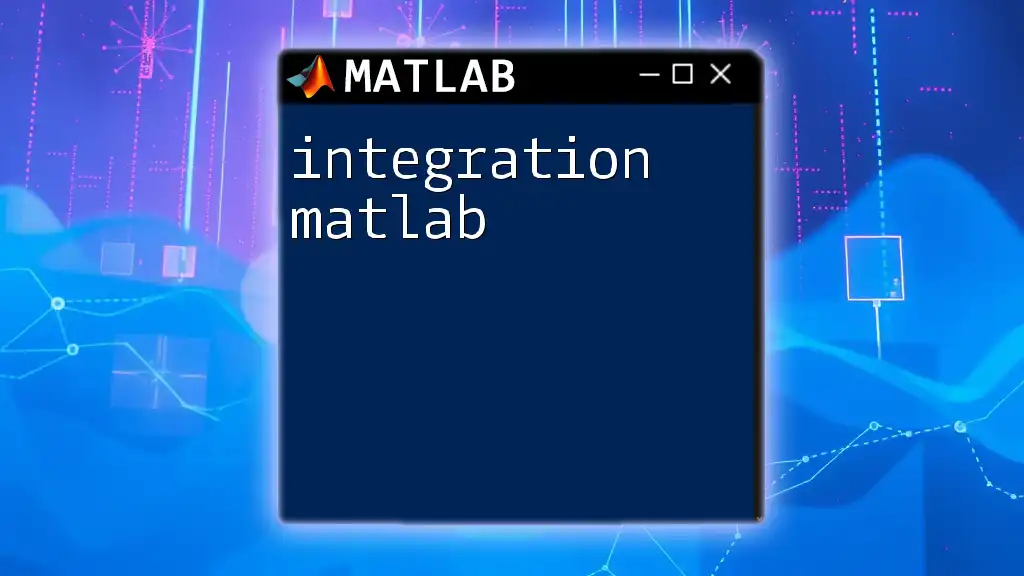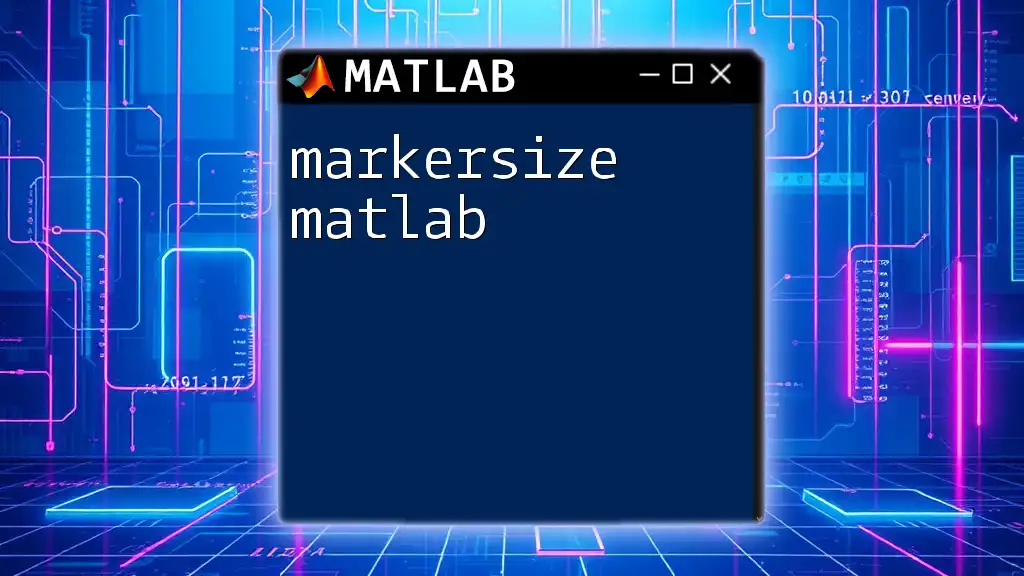Machine epsilon in MATLAB refers to the smallest difference between two distinct floating-point numbers and can be determined using the command `eps`, which helps in understanding precision limitations in numerical computations. Here's how you can find it:
machine_epsilon = eps;
disp(machine_epsilon);
Understanding Machine Epsilon
What is Machine Epsilon?
Machine epsilon is a term used in numerical computing to denote the smallest positive number that, when added to one, results in a number different from one. This phenomenon is crucial for understanding the limitations of floating-point arithmetic, where precision can be compromised. In simpler terms, machine epsilon helps us quantify the degree of accuracy that can be expected when performing computations on a computer.
Understanding machine epsilon is essential for any MATLAB user, as it directly impacts numerical algorithms, sensitivity analysis, and error estimation. Essentially, it serves as a guide to the precision limits of calculations involving floating-point numbers.
Historical Context
To truly grasp the significance of machine epsilon, one must understand its historical roots. The floating-point representation in computers enables a vast range of numbers to be expressed efficiently. However, this efficiency comes at the cost of precision. The IEEE 754 standard for floating-point arithmetic, which most programming languages—including MATLAB—adhere to, has brought consistency to how float numbers are treated across different systems.
Being aware of historical inaccuracies and pitfalls in numerical calculations, such as loss of significance or catastrophic cancellation, offers insight into why machine epsilon gained prominence. Errors in computational results can lead to significant problems in practical applications, ranging from engineering calculations to financial models.
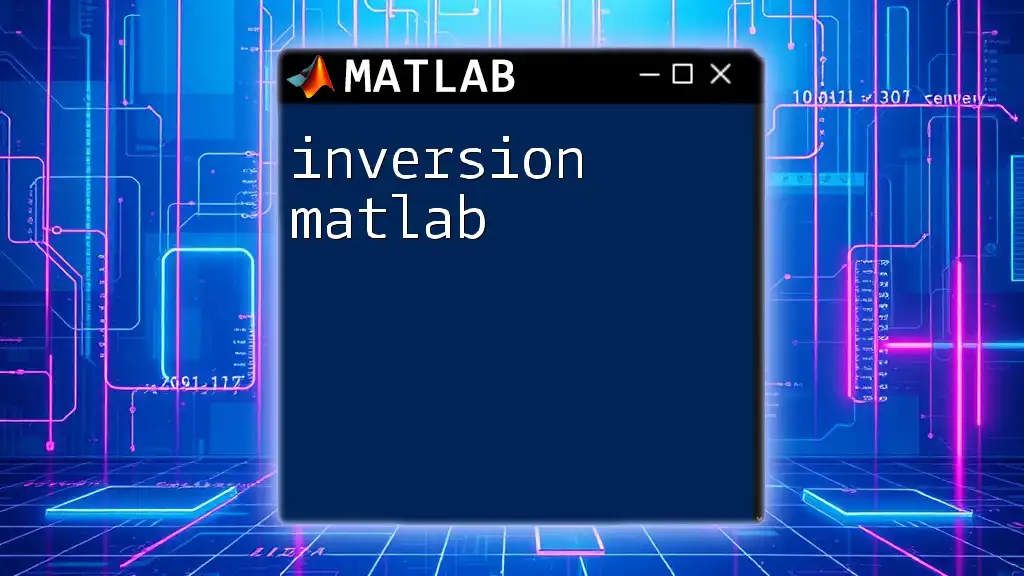
Machine Epsilon in MATLAB
How to Find Machine Epsilon in MATLAB
In MATLAB, there is a built-in function that allows users to easily determine the value of machine epsilon. You can retrieve this value using the following command:
eps_value = eps;
disp(['Machine epsilon in MATLAB is: ', num2str(eps_value)]);
When you run this code, the output will show the machine epsilon, which is typically around \(2.2204 \times 10^{-16}\) for double-precision floating-point numbers. This value quantifies the smallest difference that can be meaningfully represented in MATLAB computations.
Practical Use Cases of Machine Epsilon
Error Tolerance in Calculations
Knowing the machine epsilon is important for establishing error tolerances in numerical calculations. When dealing with iterative processes or optimization algorithms, the sensitivity of convergence can significantly affect the final result. For instance, when solving systems of equations or executing iterative algorithms, a small numerical error can propagate, leading to larger inaccuracies.
Understanding the implications of machine epsilon allows you to set appropriate thresholds. When implementing algorithms that involve floating-point arithmetic, consider machine epsilon in your termination criteria to avoid unnecessary iterations due to minute inaccuracies.
Comparing Floating-Point Numbers
One of the common pitfalls in programming arises from the comparison of floating-point numbers. Given the nature of how these types of numbers are stored, two values that theoretically should be equal may not be due to rounding errors. This issue can be mitigated by using machine epsilon to establish a sensible criteria for equality.
For example, you can check for approximate equality using the following code:
a = 0.1 + 0.2;
b = 0.3;
if abs(a - b) < eps
disp('a is approximately equal to b');
else
disp('a is not equal to b');
end
This approach prevents misleading results, enabling robust and reliable numerical computations.

Machine Epsilon and Numerical Algorithms
Impact on Numerical Methods
Machine epsilon plays a crucial role in various numerical methods. It helps users gauge how algorithms may behave in terms of accuracy and stability. For algorithms that rely heavily on iterative refinement, awareness of machine epsilon ensures you avoid convergence issues, especially when nearing the limits of floating-point precision.
Example: Newton-Raphson Method
One popular numerical method that can be influenced by machine epsilon is the Newton-Raphson method, widely used to find successively better approximations to the roots of a real-valued function. Here is how the method is typically structured:
function root = newton_raphson(func, d_func, initial_guess, tol)
x_new = initial_guess;
while true
x_old = x_new;
x_new = x_old - func(x_old) / d_func(x_old);
if abs(x_new - x_old) < tol * eps
break;
end
end
root = x_new;
end
In this code, `tol * eps` sets the termination criteria for the iterative method to ensure that results remain within a computable precision range. Not considering machine epsilon may lead to infinite loops or erroneous conclusions about convergence.

Advanced Topics
Machine Epsilon for Different Data Types
It is also essential to note that machine epsilon varies depending on the data type. The `eps` function returns the machine epsilon for double-precision numbers by default, but you can also obtain values for single-precision numbers. Here’s how to do that:
eps_single = eps(single(1));
eps_double = eps(double(1));
disp(['Machine epsilon for single: ', num2str(eps_single)]);
disp(['Machine epsilon for double: ', num2str(eps_double)]);
This distinction is vital when optimizing for performance and accuracy, particularly when working with large datasets or requiring rapid computations. Choosing the right data type in MATLAB has a measurable impact on both speed and precision.
Custom Implementation of Machine Epsilon
For those interested in a deeper understanding of machine epsilon, you may consider implementing a custom function that computes it. This helps demonstrate how floating-point arithmetic works more intimately:
function eps_custom = custom_machine_epsilon()
eps_custom = 1;
while 1 + eps_custom > 1
eps_custom = eps_custom / 2;
end
end
disp(['Custom machine epsilon is: ', num2str(custom_machine_epsilon())]);
This implementation reiterates the fundamental concept behind machine epsilon and allows you to visualize how we arrive at this minimal representable difference.
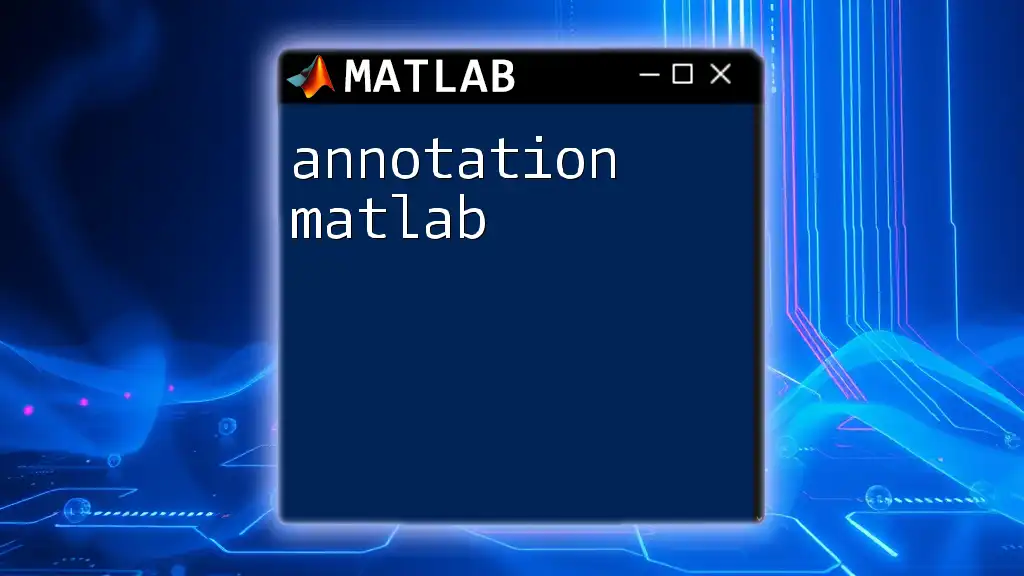
Conclusion
In summary, understanding machine epsilon in MATLAB is critical for anyone engaged in numerical computing. It aids in the appreciation of the limitations inherent in floating-point arithmetic and affords users the tools necessary to mitigate potential numerical issues. By leveraging machine epsilon effectively, you can enhance your numerical analysis skills and develop more reliable computations.
Embrace the depth of this concept and utilize it as a stepping stone for exploring the broader spectrum of IEEE floating-point standards and their implications in various applications. By doing so, you'll set a solid foundation for robust and accurate MATLAB programming, paving the way for greater success in your computational endeavors.
The above content provides an in-depth exploration of machine epsilon in MATLAB, delivering critical insights for both novice and advanced users.







